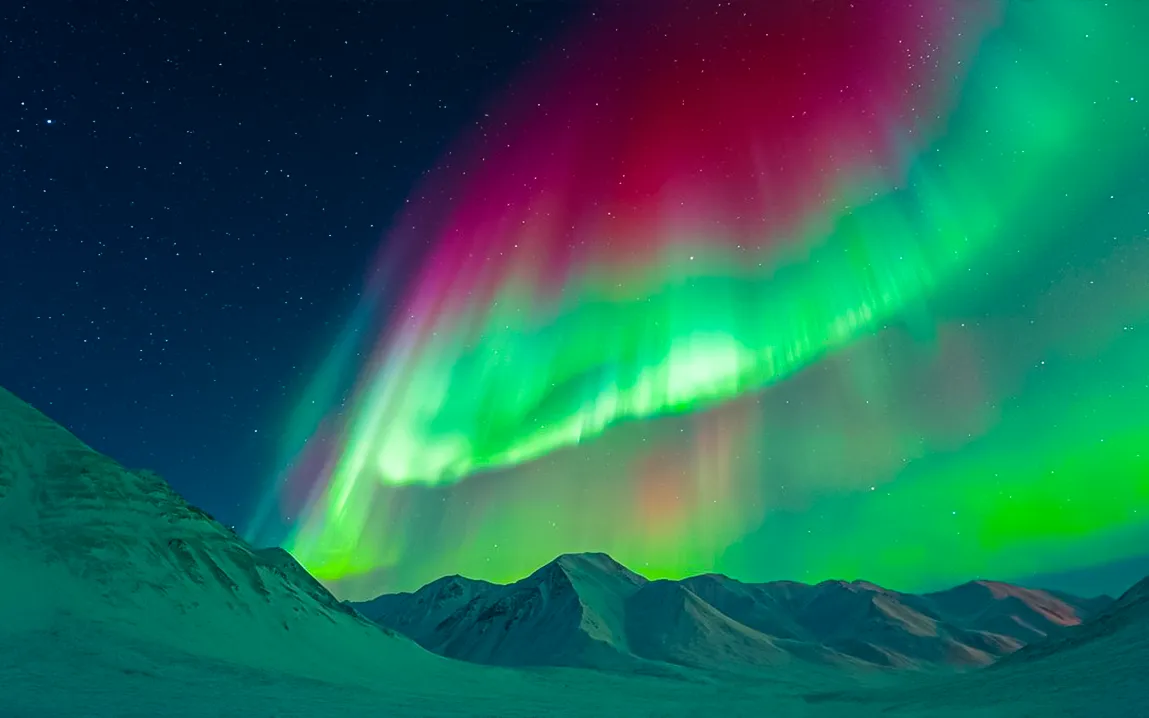The Northern Lights, or auroras, are fascinating to behold with their ethereal displays, but beneath the beauty exists a complex ballet of cosmic forces, and scientists are eager to unravel the mystery. NASA is launching two new missions that can better understand the enigmatic behavior of auroras – including the elusive “black auroras.
Auroras are caused by charged particles from the Sun interacting with Earth’s magnetosphere, resulting in spectacular displays of light in polar regions. The general mechanism is known, but variations such as flickering, pulsating, and dark patches within auroras are not well understood.
The GIRAFF Mission: Investigating Flickering Auroras
The “Ground Imaging to Rocket Investigation of Auroral Fast Features” (GIRAFF) mission will investigate fast-pulsating and flickering auroras. These phenomena are similar to the rapid flickering of an old television screen, with some auroras flashing several times per second. The mission will use rockets launched from Alaska’s Poker Flat Research Range to fly through active auroras, collecting data on the underlying processes that cause these rapid light variations.
The BaDASS Mission: The Black Auroras Explorers
The mission of the “Black and Diffuse Aurora Science Surveyor” focuses on the controversial black auroras which correspond to dark patches within the diffuse background of typical auroras. They feature a notable decrease in optical brightness compared to the surrounding regions and often appear as slow-motion arcs or highly moving patches. A process linked to the creation of optical variability will be investigated by the BaDASS with information about the dynamics of the magnetosphere surrounding Earth.
Challenges in Auroral Research
Studying these dynamic auroral features presents significant challenges. Timing the rocket launches to intersect with specific auroral events requires precise coordination. Ground-based cameras at the launch site and in Venetie, Alaska, will monitor auroral movements to predict their trajectories, ensuring that the rockets can collect data from the targeted phenomena.
The Broader Implications of Auroral Studies
Understanding auroral behaviors goes beyond scientific curiosity. In fact, the electrical currents from geomagnetic storms associated with auroras have been found to affect critical ground-level infrastructure, including natural gas pipelines, subsea cables, and electrical grids. The better understanding of the mechanisms behind auroral variations may eventually lead to better predictive models for geomagnetic storms, thus protecting these vital systems.
A Glimpse into the Future
As NASA prepares to launch these missions, the scientific community anticipates that data collected will unveil the complex interaction between solar particles and Earth’s magnetosphere. The knowledge gained will not only increase our understanding of auroral phenomena but also improve our ability to predict and mitigate space weather effects on our planet.
In a nutshell, the new missions that NASA has planned will significantly help to understand the mysteries of the Northern Lights. It will focus on the specific features of auroras such as flickering and black auroras and thereby provide an in-depth understanding of the processes behind these fascinating celestial displays.



